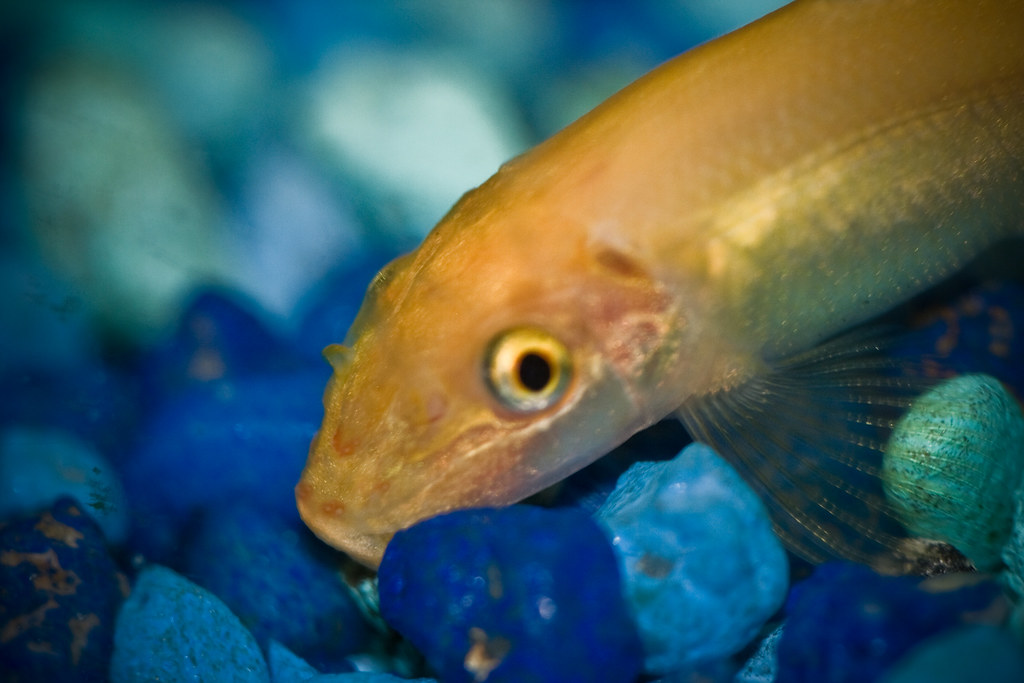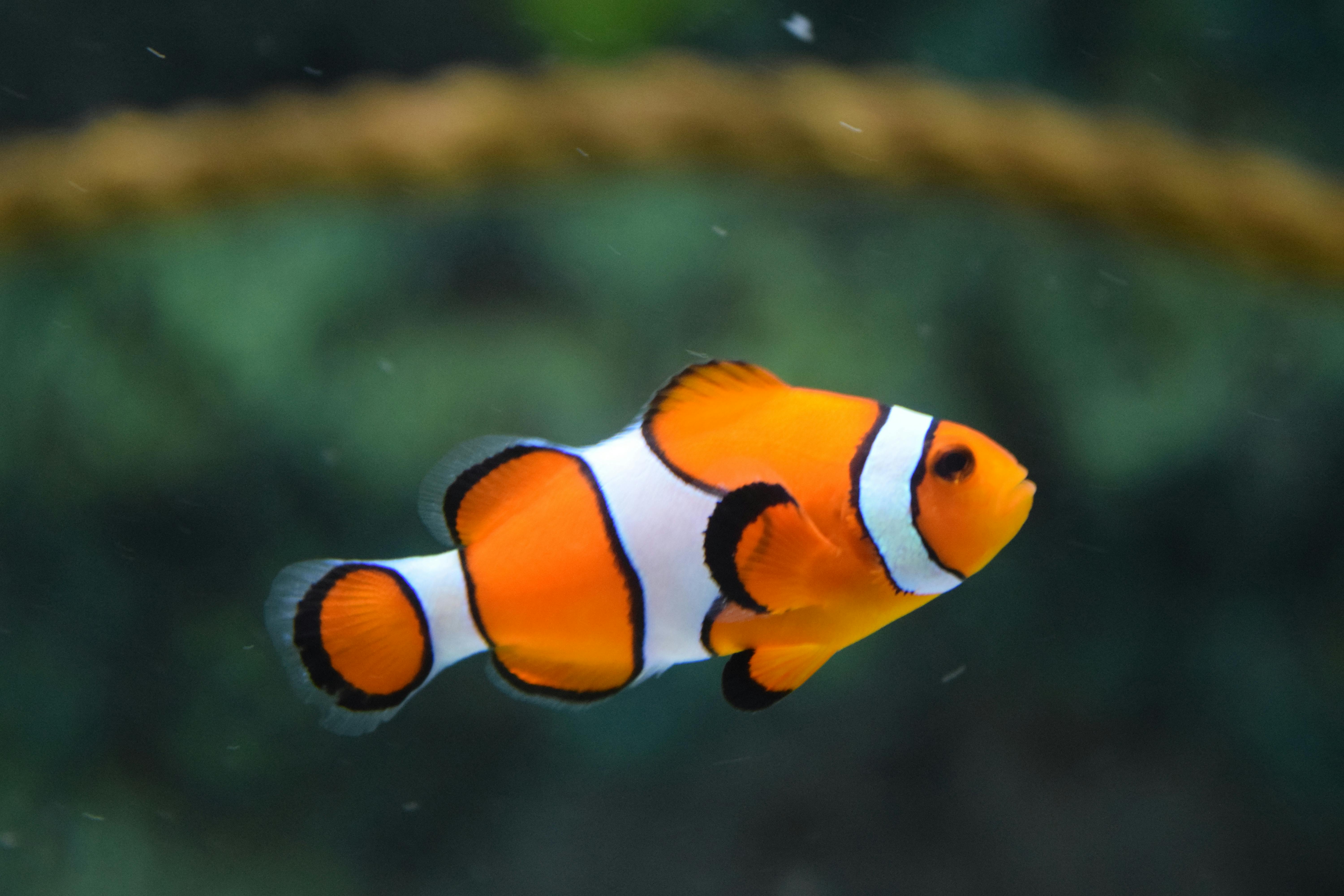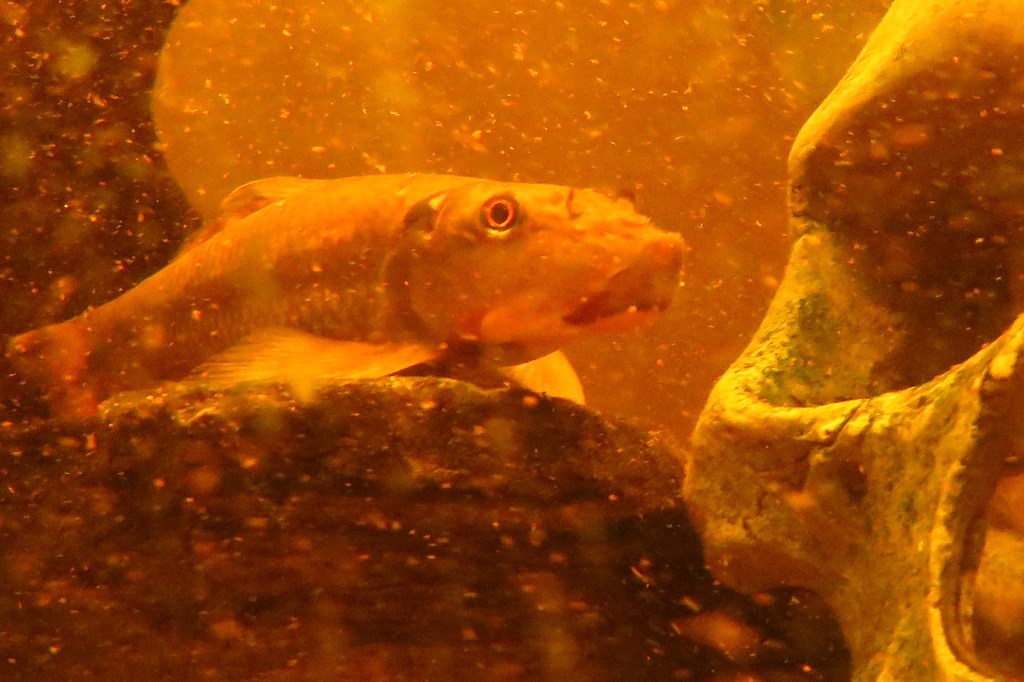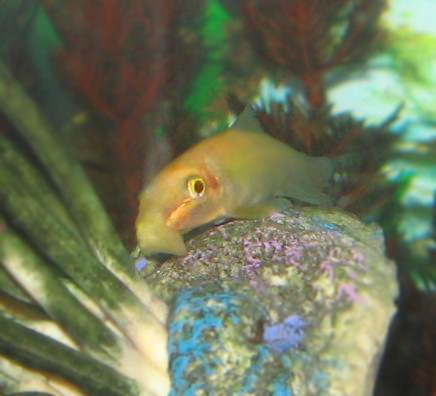
Looking for a fish that's both a cleaning dynamo and an intriguing addition to your aquarium? Meet the Golden Algae Eater! A remarkable choice for hobbyists who appreciate a busy tank cleaner, this fish is also known for its adaptability and resilience. Here’s everything you need to know about the full size and care requirements for this dedicated little cleaner.
How Big Do They Get?
The Golden Algae Eater (Gyrinocheilus aymonieri) is known for more than just its stunning golden hue. When it comes to size, these fish can grow to an impressive standard for those keeping freshwater aquariums. Generally reaching between 5 to 7 inches in captivity, they can even stretch to 10 or 11 inches in optimal tank conditions. Growth largely depends on factors like tank size, water quality, and nutrition. If you're looking for similar options for pond settings, consider exploring top algae-eating fish for ponds that also help maintain clean water.

Ideal Living Conditions
To keep your Golden Algae Eater thriving, create an environment that mimics its natural habitat. These agile swimmers come from the rivers and streams of Southeast Asia, so they appreciate spaces with moderate water flow and plenty of hiding spots. The ideal temperature range is between 72°F and 82°F, and a pH level around 6.5 to 7.5 suits them best.
Your tank should be at least 30 gallons if you want to support an adult Golden Algae Eater comfortably. However, bigger is always better, as this gives them more room to explore and keeps them active.

Feeding Requirements
With their natural diet consisting mostly of algae, these fish are fantastic at keeping your tank clean. However, they’re not strict herbivores. Once in your aquarium, they’ll appreciate a varied diet that supplements their grazing nature. Here’s a handy list of what to feed them:
- Algae wafers
- Fresh vegetables like zucchini and cucumber
- Sinking pellets
- Blanched spinach
Every now and then, you can enrich their diet with a protein source, such as bloodworms or daphnia, which will also promote their health and growth.

Compatibility with Other Fish
Golden Algae Eaters are generally peaceful, but it’s important to note that they can become territorial, especially as they grow older. It's best to avoid housing them with slow-moving fish or those with long fins, like guppies and angelfish, to prevent potential harassment. Instead, they coexist well with fast-moving species or other similarly sized fish.

Aquarium Companions and Compatibility
| Companion Type | Compatibility | Notes |
|---|---|---|
| Fast-moving fish | High | Suitable for cohabitation |
| Slow-moving fish | Low | Potential harassment |
| Long-finned species | Low | Avoid due to fin nipping |

Final Tips
Regular tank maintenance is essential even with a Golden Algae Eater present. They're terrific helpers, but they can't handle algae single-handedly. Also, monitor their behavior for any signs of stress or illness, as this can affect not just them but the overall tank dynamic.

Have you kept a Golden Algae Eater in your aquarium? Share your experiences or photos of your little aquatic helper in the comments below, and let’s dive into a conversation about the wonders of this fabulous fish!
Frequently Asked Questions
How big does a golden algae eater get?
A golden algae eater can grow up to 12 inches in length. To accommodate their size, it is recommended to have an aquarium of at least 30 gallons with plants, rocks, and driftwood for hiding.
What type of environment does a golden algae eater need?
Golden algae eaters thrive in aquariums with plenty of plants, rocks, and driftwood. These elements provide hiding spots and mimic their natural habitat, ensuring they feel secure and comfortable.
Are golden algae eaters aggressive?
Golden algae eaters can exhibit territorial behavior, especially as they age. They are generally peaceful but may chase other bottom-dwelling fish if they feel their space is invaded.
Can golden algae eaters live with other fish?
Yes, golden algae eaters can coexist with other fish, but it is best to avoid keeping them with slow-moving species or other bottom dwellers to limit potential territorial disputes.
What do golden algae eaters eat?
Golden algae eaters primarily feed on algae in the aquarium. Supplement their diet with sinking pellets, fresh vegetables like zucchini, and occasional protein-rich foods for balanced nutrition.
As we wrap up our deep dive into the fascinating world of the Golden Algae Eater, we hope you're as excited as we are about introducing this industrious wonder to your aquarium. If you're hungry for more aquatic inspiration or tips on keeping a vibrant tank, why not dive into our vibrant community on Pinterest? We're also sharing daily doses of aquatic beauty and care advice over on Instagram. Have questions or just want to share your own tank tales? Connect with our fish-loving community on X (formerly Twitter) and Facebook. We're thrilled to help you create an aquarium that's both lively and enlightening!
